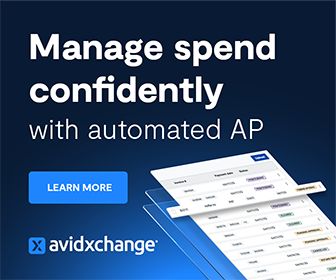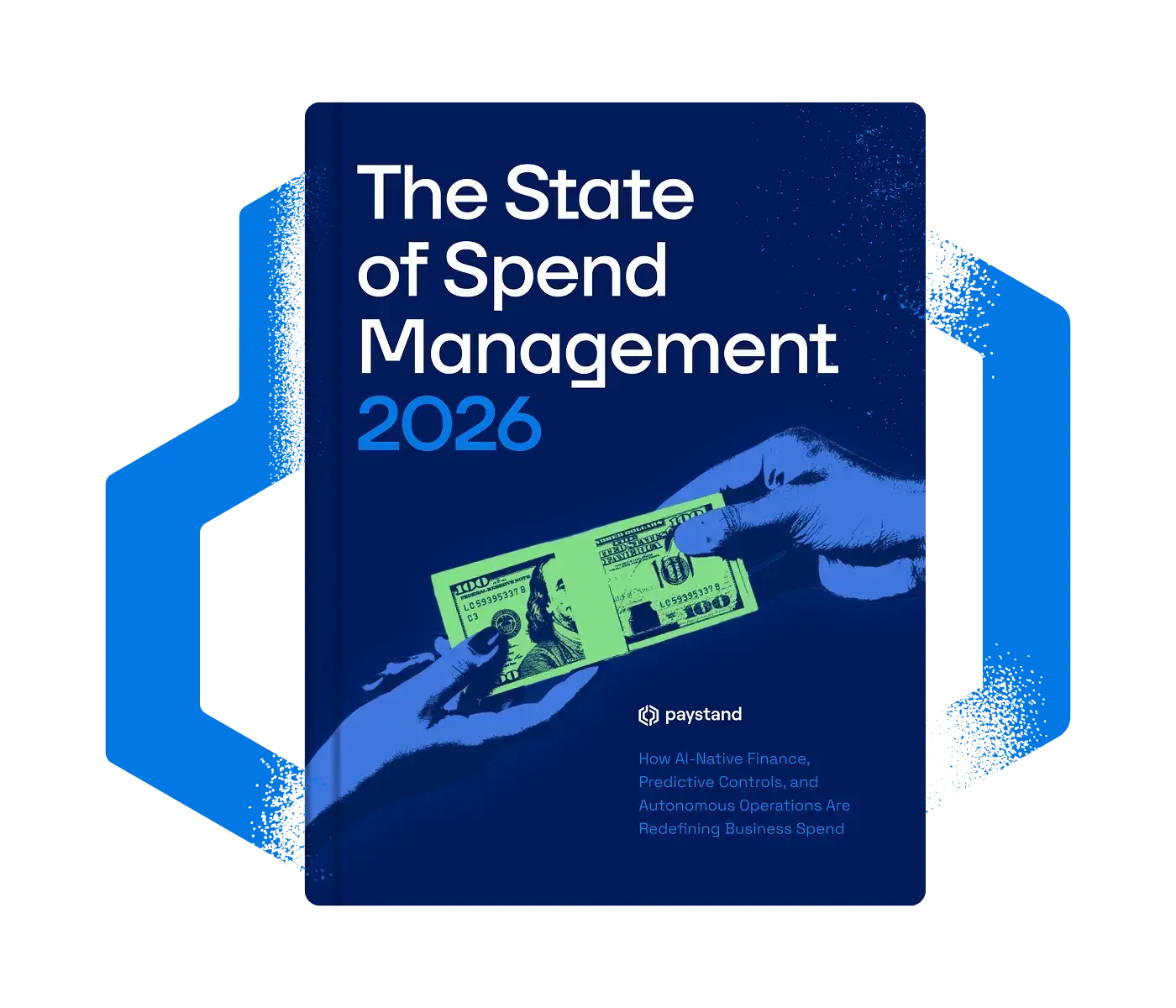The lockdowns roll on, and companies continue to struggle. Vaccines are coming, but those are still yet to be truly open to us all. But hopefully there is a light at the end of the tunnel.
In August, we wrote a two-part series on the most important metrics to focus on during to the road back from COVID. Well, things haven’t gotten back to normal. Sales may have picked back up, but if we’re in the market for a “dark winter,” it’s likely we will have to remain lean and focused on survival as we approach a full return.
The first discussed uncontrollable balances as a percentage of revenue, total cost to reward and retain employees, and short-term cash forecasting. The second looked at three more metrics, days sales outstanding, days payables outstanding, and duplicate and erroneous payments—three things critical to efficient operations.
Well, three months later and CFO has put out three more important metrics for companies in need of a strong analytics background.
1) Number of Budget Versions
Something we’ve touched on in recent months is the biggest little secret in the corporate finance department. Budgeting and all its flaws. Budgeting takes all of the stresses that exist in an organization, adds politicization, and relies heavily on manual processes.
As noted in the CFO Article on the number of budget variations, reviewing and editing draft after draft of your budget will be time consuming, frustrating, and may even risk disengagement from your stakeholders.
As the number of variations creeps up, the less engaged your workers get. “After that fourth version of the budget, people become more likely to bake in whatever numbers they think will make you or other executives happy just to finish the work.”
Unfortunately, few companies are able to keep this number down—top performers average 4 variations, median companies see five, and bottom performers produce eight variations before final approval.
Filled with manual processes, CFO offers three tips to address this:
- Wait for more Data and Insight: Are You starting budgeting too early? One risk is to act without the right information. A budget created in August may be short-sighted due to the lack of information available. Waiting a few months will cut out the numerous iterations based on incorrect information.
- Add Transparency: Another area in the budgeting process is the clarity. Often, people will come into the season with a lack of understanding on which stretch goals are reasonable or achievable. Transparency and open, clear communication provide a foundation for the kind of iterative, collaborative budgeting that accomplishes a final draft in fewer rounds.
- Clean up Your Data: Even the most transparent and collaborative budgeting process can be hampered by poor data practices. With so many hands shaping the budget, it’s critical to standardize the data and the processes that support it. By providing a clear and single version of the truth, you can avoid mishaps created by bad data.
Especially in a year as tumultuous as 2020, having the right information in the right hands can go a long way in preventing modifications and challenges. Learn more on why forecasting tech should be on your radar.
2) Number of Full-Time Employees in the Order-to-Cash Process
This is an important metric to know because it’s a process that’s widely delegated by the CFO and Controller. It’s also an important metric because the difference between a top and bottom performer is glaring: APQC finds that top performers on this measure use 104.7 FTEs per $1 billion of revenue on the O2C process, while bottom performers use 2,833.
Though noting the difference in industries is a contributor, with services firms needing to include fewer than a complex physical goods company, it’s still critical to understand how you stack up with others in your industry. As noted,
“All else being equal, a larger number of FTEs may be a sign of redundancies, process bottlenecks, excessive manual intervention, or other problems that could potentially hamper the organization’s ability to collect and might also alienate customers.”
O2C is one of the most likely areas that companies can improve and many are turning to technology to get there. AI-driven workflows can facilitate the O2C process and deliver accuracy and speed.
3) Cash to Cash Cycle Time
Cash-to-cash cycle time, also known as the cash conversion cycle (CCC), measures the amount of time it takes for a company to convert resources like inventory or investments in production into cash from sales.
A critical measure of your business’s health and cash flow efficiency, CCC includes three variables: days inventory outstanding (DIO), days sales outstanding (DSO), and days payable outstanding (DPO). You can calculate CCC by subtracting DPO from the sum of DIO and DSO.
Another area where top performers and bottom performers vary greatly, top performing companies have CCC of half that of bottom performers—33.2 vs. 74+ days. CFO recommends the following:
- Lean—but not Gutted: Let 2020 serve as a reminder that there is such a thing as too lean. A key lesson of COVID-19 for supply chains is that when you make your inventory too lean, your supply chain will break, rather than bend, when disruption hits.
- Clean Data Makes Better CCC: One of the most impactful practices for a better CCC is working to ensure that master data is accurate. If you find your company among the bottom performers, start by taking a look at your processes around master supplier and customer data.
- Analyze More Effectively: When finance brings analytically mature data and analysis to the table in a collaborative sales and operations planning process, supply chain leaders are empowered to make better decisions.
- Incorporate Modeling into Analytics: Finance is uniquely positioned to leverage its expertise in scenario modeling and analysis to help supply chain leaders anticipate and plan for the future.
Add up the Numbers—It Pays to Join the Controllers Council
Though these just scratch the surface of the metrics you need to track on a daily basis, there are many more ways to get ahead of the curve. We launched the Controllers Council as a community and forum for controllers across the US to discuss and benchmark against similar companies. With just a small annual investment, you can join the discussion and get a lot more benefits along the way. Ready to learn more? Click here to read all the membership benefits.
Additional Recovery Resources
Has the Coronavirus Given Corporate Finance a Taste for Technology?




